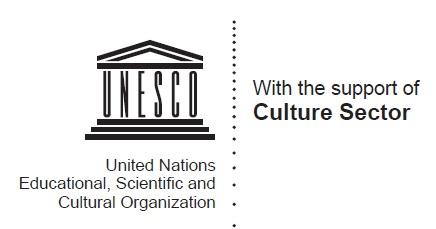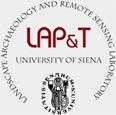The Age of Sensing
5th International Conference on Remote Sensing in Archaeology
From Space to Place initiative
The Age of Sensing
13-15 October 2014
Duke University

The 1990s will probably be remembered in the history of archaeology as the age of GIS. At that time the introduction of digital technology in archaeological research was in its infancy. Software and hardware had only a limited capacity to integrate the range and complexity of information involved in the archaeological process. In the following decade, however, the archaeological community became aware of the need for a consistency in approach across the whole framework of archaeology. Rapid advances in software and hardware have made it possible to envisage a significant renewal of the whole or large parts of the archaeological process. This was the age of the Digital Revolution.
At the same time, Remote Sensing gained increasing relevance and application within archaeology and throughout the scientific community. Up to this stage, the definition of Remote Sensing had focused on the analysis of data collected by sensors that were not in physical contact with the objects under investigation, using cameras, scanners, and radar systems etc operating from spaceborne or airborne platforms. A wider characterization began to take hold, treating Remote Sensing as any non-destructive approach to viewing the buried and nominally invisible evidence of past activity. Spaceborne and airborne sensors (now supplemented by laser scanning) became joined using ground-based geophysical instruments and under-sea remote sensing, as well as other non-invasive techniques such as surface collection or field-walking survey. Within this broader interpretation any method that enables observation of the evidence on or beneath the surface of the earth, without impacting on the surviving stratigraphy, can legitimately be included within the realm of Remote Sensing. This and other initiatives have also resulted in a rapid growth in multidisciplinary working within and around archaeology and related cultural studies.
From a methodological point of view the most important change over the past few years has been the burgeoning capacity of archaeologists and cultural historians to collect – relatively easily and quickly – massive 3D datasets at the landscape, local, site, and object scale. Initially archaeologists did not know exactly how to manage this vast array of 3D information. They readily grasped the idea of its huge potential but did not see how to exploit it. The all pervading presence of the third dimension prompted the need for new perceptions of archaeological features and processes at an intellectual level, in terms of ‘3D thinking’, and at a prodedural level, challenging long-established approaches to archaeological documentation and therefore to the interpretation process as a whole.
Now, in the early years of the present decade we feel that we are ready – or at least nearly ready – to embrace these new methods of recording, interpreting, conceptualizing and communicating archaeological data and relationships across the passage of time. Technological, cultural, and epistemological advances are enticing us to use new and completely different perspectives based on immersive, interactive 3D and 4D environments for managing archaeological data at both the scientific and interpretative levels.
Everybody, in the next few years, will have the opportunity to blend the physical world with a sensory-rich ‘virtual’ world where archaeologists can naturally and intuitively manipulate, navigate, and remotely share interpretations and case studies. Our understanding of archaeology will be taken to a new level, enhancing our capacity to develop interpretations and to present them to fellow specialists and to the general public as simulated scenarios in 4D. Rapid developments in ICT, including hardware and software for immersive environments, will even allow us to communicate and interact with one another through further cultural experiences such as sound, smell and tactile interfaces.
Welcome to the Age of Sensing!
|
Maurizio Forte, Duke University, Department of Classical Studies and Art, Art History, and Visual Studies, Chair |
|
|
Stefano Campana, University of Siena, Department of History and Cultural Heritage, Co-chair Landscape Archaeology and Remote Sensing Laboratory |
|
|
Alonzo Addison, University of California, Berkeley, Technology Chair |
|
|
Scott Madry, University of North Carolina - Chapel Hill, Department of Anthropology, Conference Workshop Chair |
|
|
Melissa Huber, Ph.D. Candidate, Duke University, Department of Classical Studies, General Secretariat |








